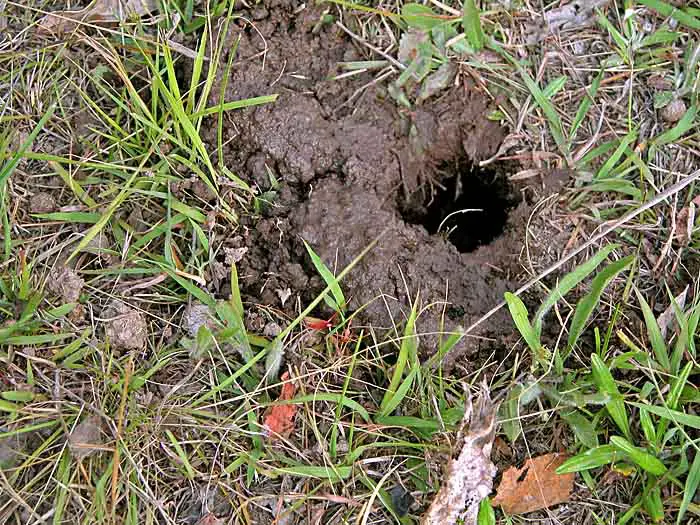Japanese Spider Crab
As the name suggests, the Japanese Spider Crab (Macrocheira kaempferi) is a marine crab species that lives in the waters that surrounds Japan. It is known as the biggest anthropod in the world, and is a favorite meal of many Japanese food lovers both in Japan and around the world.
Physical Apperance
The Japanese Spider Crab looks just like any crab with a difference – it is absolutely humungous. It is known to have reached 3.8 metres (12ft 6in) in terms of leg span from claw to claw. Its body is also rather large at about 40 centimetres (16 inches) and the entire crab can weigh as much as a small human child at 19 kilograms (41 pounds).
The claws of male Japanese Spider Crabs are larger than a females. Other than the incredible size difference, there are also a few differences between its fellow crab species. The male crabs’s first pleopods are twisted in an usual manner. The larvae also appears primitive compared to other crabs. The crab is orange with white spots along its legs. In addition, it is known to be a gentle giant despite its ferocious appearance.
Distribution and Diet
The Japanese Spider Crab is found mainly off the southern coasts of Japan. It is found on the southern side of the island of Honshu, however some populations have also been found in Taiwan. Adult Japanese Spider Crabs can be found as shallow as 50 metres (160ft) and as deep as 600 metres (2,000ft). When the Japanese Spider Crab lives in its natural habitat, it feeds on animal carcasses and shellfish. They can live up to 100 years old, and planktonic larvae can take between 54 and 72 days to develop depending on the temperature of the water.
Fishery
The fishery of these amazing animals is centred in and around Suruga Bay. Unfortunately, as this is the centre of Japanese Spider Crab fishing, the population has decreased. This means that the Fisherman are required to explore to deeper waters in order to get a fresh ctach. On average, the size that is caught is between 1 – 1.2 metres (3ft 3 in – 3ft 10in).




